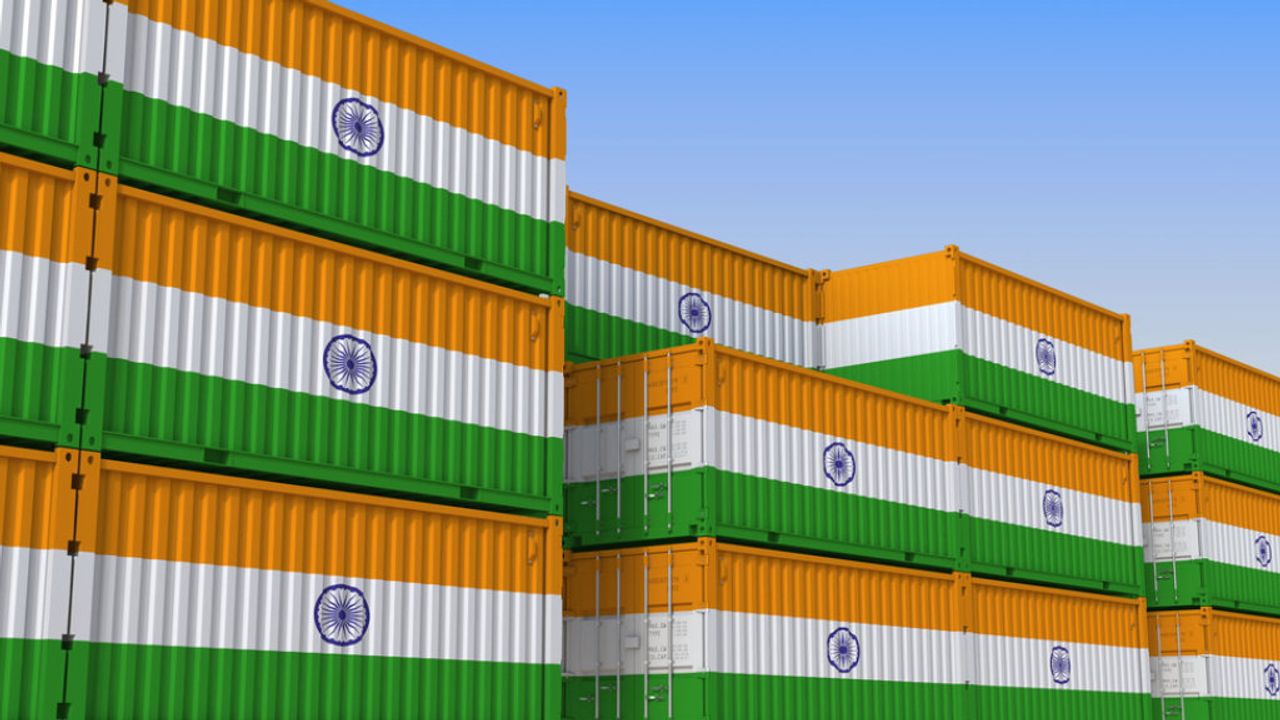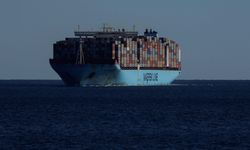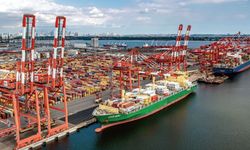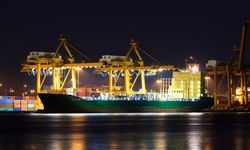Major Investments in Shipbuilding Infrastructure
One of the standout proposals in the budget is the creation of mega-shipbuilding clusters, backed by an investment of approximately $700 million. This funding will be directed toward upgrading existing shipyards, improving infrastructure, and making Indian shipbuilding more competitive on a global scale.
To further bolster the industry, the government has also extended its Shipbuilding Financial Assistance Policy, increasing direct financial subsidies to $2 billion. This initiative is designed to offset operational cost disadvantages and attract new shipbuilding orders.
In addition, India has granted a 10-year extension on basic customs duty exemptions for the import of shipbuilding materials, reducing costs for domestic manufacturers.
Maritime Development Fund to Expand Indigenous Fleet
A landmark decision in the budget is the establishment of a $3 billion Maritime Development Fund (MDF). The Indian government will contribute 49% of this fund, with the remainder sourced from major port authorities, public sector enterprises, and private stakeholders. The MDF aims to finance ship acquisitions and expand India’s fleet, with the ultimate goal of increasing the share of Indian-flagged ships in global trade to 20% by 2047.
Shipping Minister Sarbananda Sonowal emphasized the strategic importance of this initiative, stating, “India’s maritime sector has witnessed significant progress since 2014, and with the latest announcements, we are confident that the shipbuilding industry will serve as a catalyst for economic growth.”
Boosting Domestic Shipping and Inland Waterways
The government is also looking to revitalize its shipping industry by extending the tonnage tax scheme to vessels operating on inland waterways, an incentive previously reserved for ocean-going ships. This move is expected to strengthen the country’s inland shipping network and offer a cost-effective alternative for cargo movement.
Industry Response and Outlook
The budget announcements have been widely welcomed by industry leaders, who see them as a decisive step toward making India a global hub for shipbuilding. However, experts caution that more policy reforms are needed to ensure long-term success.
“The MDF is a game-changer, signaling the government’s serious intent to make India a shipbuilding powerhouse,” said Vivek Merchant, director at Swan Defence and Heavy Industries. “However, we still need reforms that encourage private sector participation and reduce dependency on imports for critical components.”
Rizwan Soomar, CEO and MD for the Middle East/North Africa/India Subcontinent at DP World, highlighted the importance of ongoing infrastructure improvements. “The government’s commitment to inland water transport through the tonnage tax scheme will provide a more sustainable and cost-effective way of cargo movement,” he said.
Meanwhile, Shashi Kiran Shetty, chairman of Mumbai-based Allcargo Group, acknowledged India’s aspirations but stressed that catching up with global shipbuilding leaders like China would require sustained efforts and further industry reforms.
Conclusion
India’s latest budget signals a clear push to expand its shipbuilding industry and maritime capabilities. While the government’s financial and policy commitments have been applauded, industry stakeholders continue to call for additional structural reforms to enhance global competitiveness. If successfully implemented, these initiatives could reshape India’s role in the international maritime sector in the coming decades.







